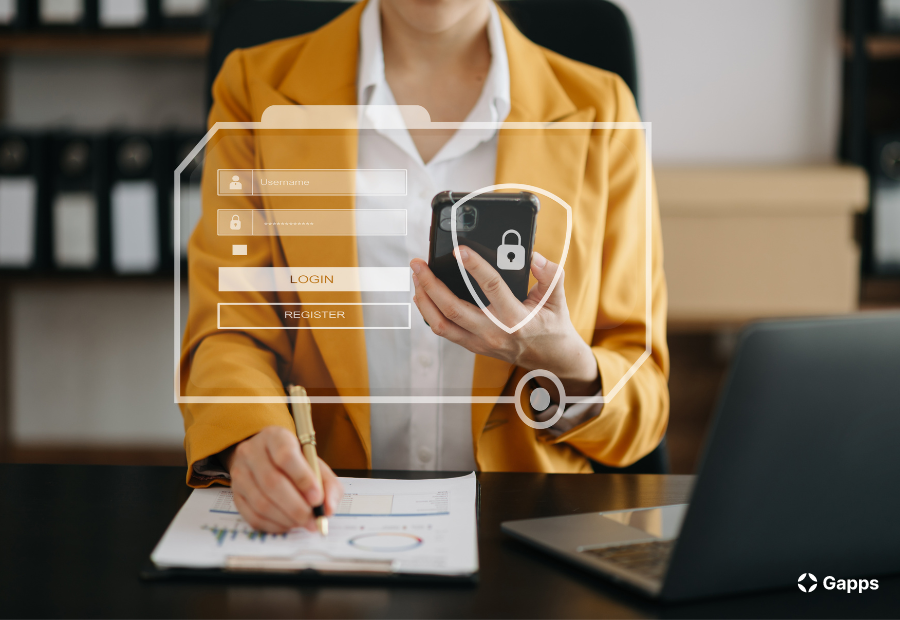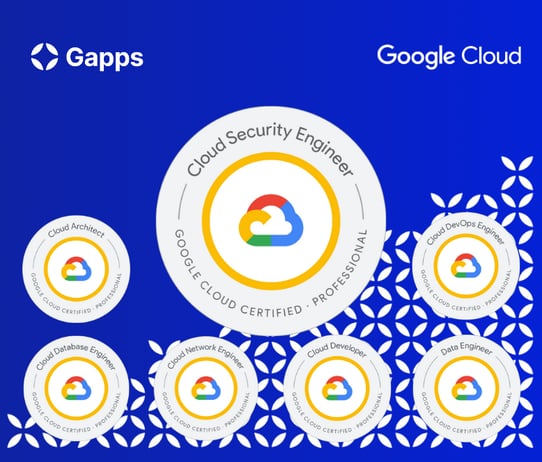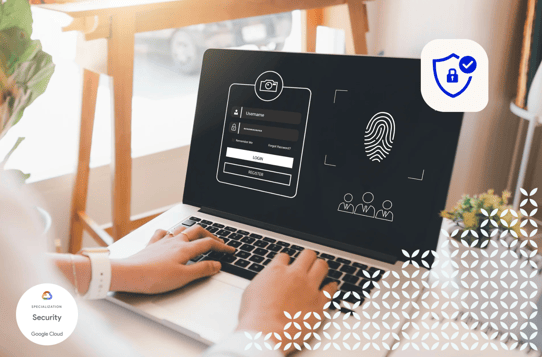How to Navigate the Evolving Threat Landscape of Cybersecurity?
The cybersecurity landscape is in constant flux. As technology advances, the strategies of those who seek to exploit it evolve. It's easy to feel overwhelmed, scrambling to patch vulnerabilities, drowning in alerts, and struggling to communicate the urgency to leadership.
However, effective cybersecurity is not merely a defensive struggle; it's a proactive game of strategy. For organizational leaders, staying ahead of the curve is paramount.
CTO

Strong cybersecurity isn't about reacting to yesterday's threats; it's about predicting and preparing for tomorrow's. The trends outlined in this blog post will equip you to make strategic decisions that safeguard your organization's critical assets and propel it forward in the digital age. Remember, effective cybersecurity is a business imperative, not just an IT concern. Here are some key trends to watch out.
Zero-Day Exploits
The Hidden Menace: Zero-day vulnerabilities are the cyber equivalent of a stealth fighter. Unknown to developers, they provide attackers with a powerful tool for undetected intrusion and persistent access. These vulnerabilities allow attackers to evade detection and maintain long-term access to systems, making them a potent tool for espionage and sabotage. Vigilance and robust threat intelligence are your best defenses.
Hacktivism 2.0
More Than Digital Disruption: Hacktivism is no longer just about defacing websites. Groups are now capable of launching sophisticated attacks with real-world consequences. Be prepared to face a rising tide of DDoS attacks, data breaches, and more.
Destructive Wipers: A Growing Threat
The conflict in Ukraine has demonstrated the destructive power of wiper malware. These malicious programs can erase data and cripple systems, and their use is likely to spread.
Space: The New Cyber Frontier
Our reliance on space-based infrastructure makes it a prime target. Expect to see increasingly sophisticated attacks aimed at disrupting satellite communications and other critical systems.
Additional Trends to Watch
While the threats mentioned above are undoubtedly significant, they're just the tip of the iceberg. A multitude of additional trends are emerging beneath the surface, each with the potential to disrupt your cybersecurity posture if left unchecked.
Shadow AI - The Unintended Insider Threat
Look for increasing instances of shadow AI in the workplace, when well-meaning employees use consumer-grade AI tools instead of more secure enterprise-grade counterparts. There is a growing risk of employees inadvertently introducing security vulnerabilities by using unapproved AI tools.
Identity Management and Misconfigurations
The Persistent Weak Links: We expect that identity-management problems and configuration errors, which currently account for the origin of more than half of today’s compromises, will continue to be the main entry vectors. The need for robust identity management and meticulous configuration practices is more important than ever.
Cloud Adoption: A Double-Edged Sword
Cloud adoption risk, compliance, and control leaders can play a valuable role when helping their organizations turn risk management results into a stronger driver of digital transformation goals. Organizations should work towards integrating strong security into cloud adoption strategies to mitigate risks and achieve business objectives
Hybrid and Multicloud Environments Under Siege
The complexity of hybrid and multicloud environments creates new attack vectors. Misconfigurations and identity management issues will be exploited by attackers seeking to move laterally across systems.
Serverless: A Hacker's Paradise
The scalability and flexibility of serverless technologies also make them attractive to malicious actors. Expect to see serverless infrastructure increasingly used for attacks like cryptomining.
The Extortion Economy
Ransomware and extortion attacks continue to plague organizations of all sizes. Prepare for a surge in these attacks, as cybercriminals seek ever-larger payouts.
Mobile Malware's Growing Reach
Cybercriminals are constantly devising new ways to trick users into installing malicious apps on mobile devices. Education and robust mobile security solutions are essential.
The Evolving Cyber Insurance Landscape
The cyber insurance market is shifting, with potentially softer premiums and broader coverage options. However, this doesn't mean you can relax your defenses; cyber insurance is a supplement to, not a replacement for, strong security practices.
Stay Vigilant, Stay Ahead
Staying informed about these evolving threats is only half the battle. The other half is taking decisive action. This means implementing a layered security strategy, investing in threat intelligence, and fostering a culture of security awareness throughout your organization.
Need a Helping Hand?
Navigating the complexities of the cybersecurity landscape can be daunting. If you need assistance in implementing robust security measures, keeping software up-to-date, or educating your employees about cyber risks, don't hesitate to reach out to experts.
Remember: Cybersecurity isn't just an IT problem; it's a business risk that demands proactive leadership and continuous vigilance. By staying ahead of the threats, you can safeguard your organization's future.
.png)
Want to discuss about cybersecurity?
We can help you audit and secure your Google Cloud infrastructure. Let's have a talk.



